Alchemy is no longer a pseudoscience, and it is used to write scientific papers and propose technologies. It made fusion possible.


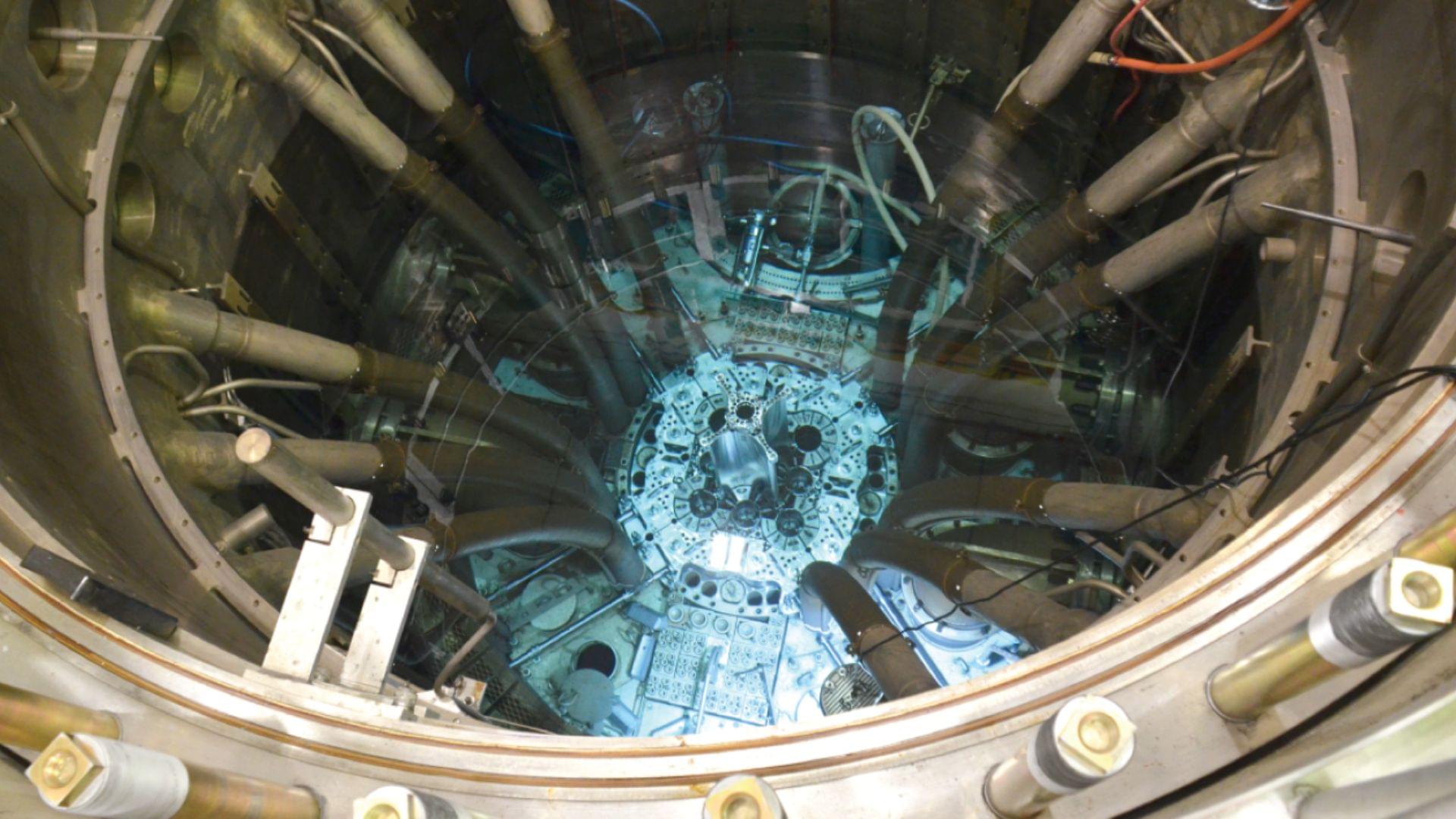
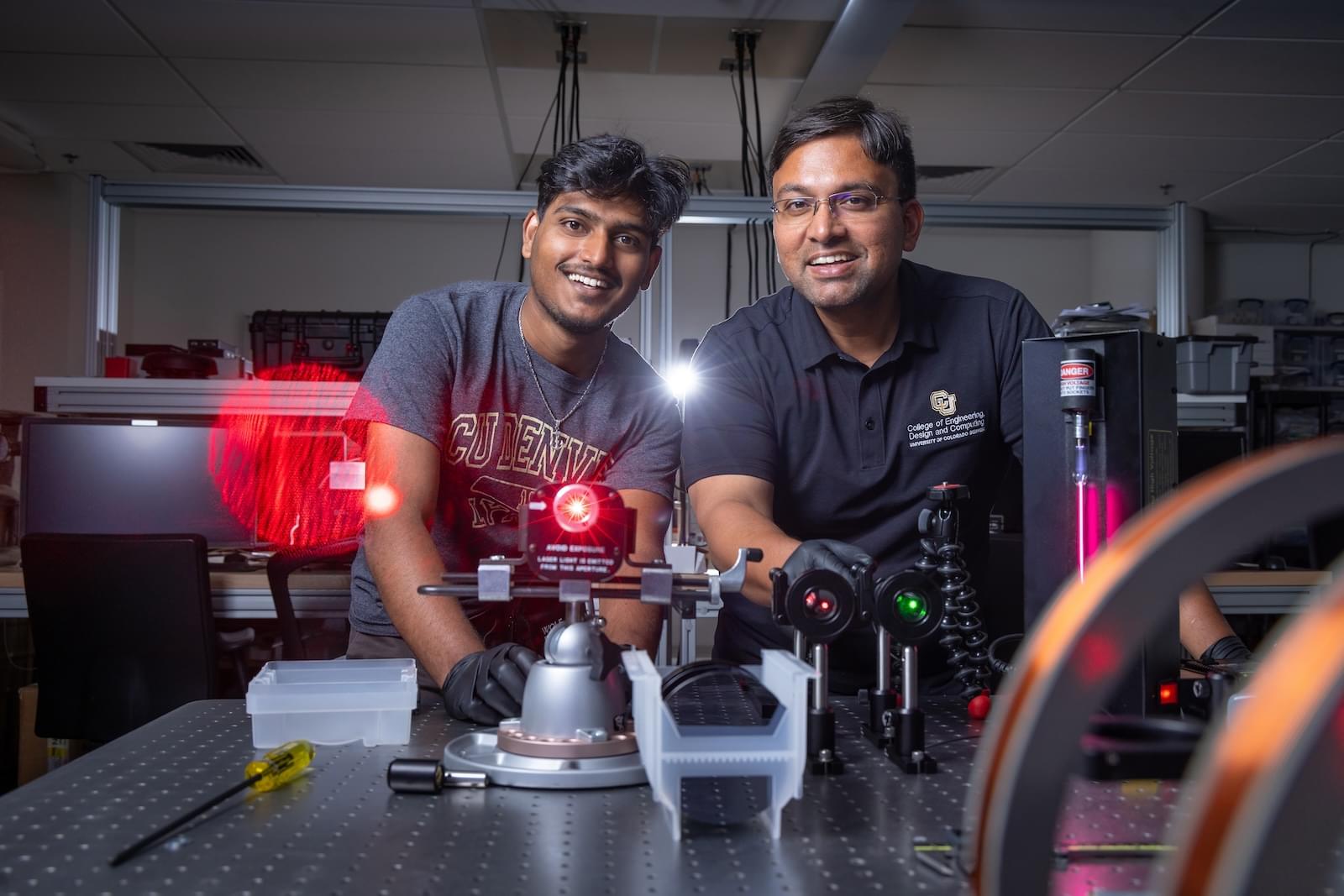
Sahai has found a way to create extreme electromagnetic fields never before possible in a laboratory. These electromagnetic fields—created when electrons in materials vibrate and bounce at incredibly high speeds—power everything from computer chips to super particle colliders that search for evidence of dark matter. Until now, creating fields strong enough for advanced experiments has required huge, expensive facilities.
For example, scientists chasing evidence of dark matter use machines like the Large Hadron Collider at CERN, the European Organization for Nuclear Research, in Switzerland. To accommodate the radiofrequency cavities and superconducting magnets needed for accelerating high energy beams, the collider is 16.7 miles long. Running experiments at that scale demands huge resources, is incredibly expensive, and can be highly volatile.
Sahai developed a silicon-based, chip-like material that can withstand high-energy particle beams, manage the energy flow, and allow scientists to access electromagnetic fields created by the oscillations, or vibrations, of the quantum electron gas—all in a space about the size of your thumb.
The rapid movement creates the electromagnetic fields. With Sahai’s technique, the material manages the heat flow generated by the oscillation and keeps the sample intact and stable. This gives scientists a way to see activity like never before and opens the possibility of shrinking miles-long colliders into a chip.
A University of Colorado Denver engineer is on the cusp of giving scientists a new tool that can help them turn sci-fi into reality.
Imagine a safe gamma ray laser that could eradicate cancer cells without damaging healthy tissue. Or a tool that could help determine if Stephen Hawking’s multiverse theory is real by revealing the fabric underlying the universe.
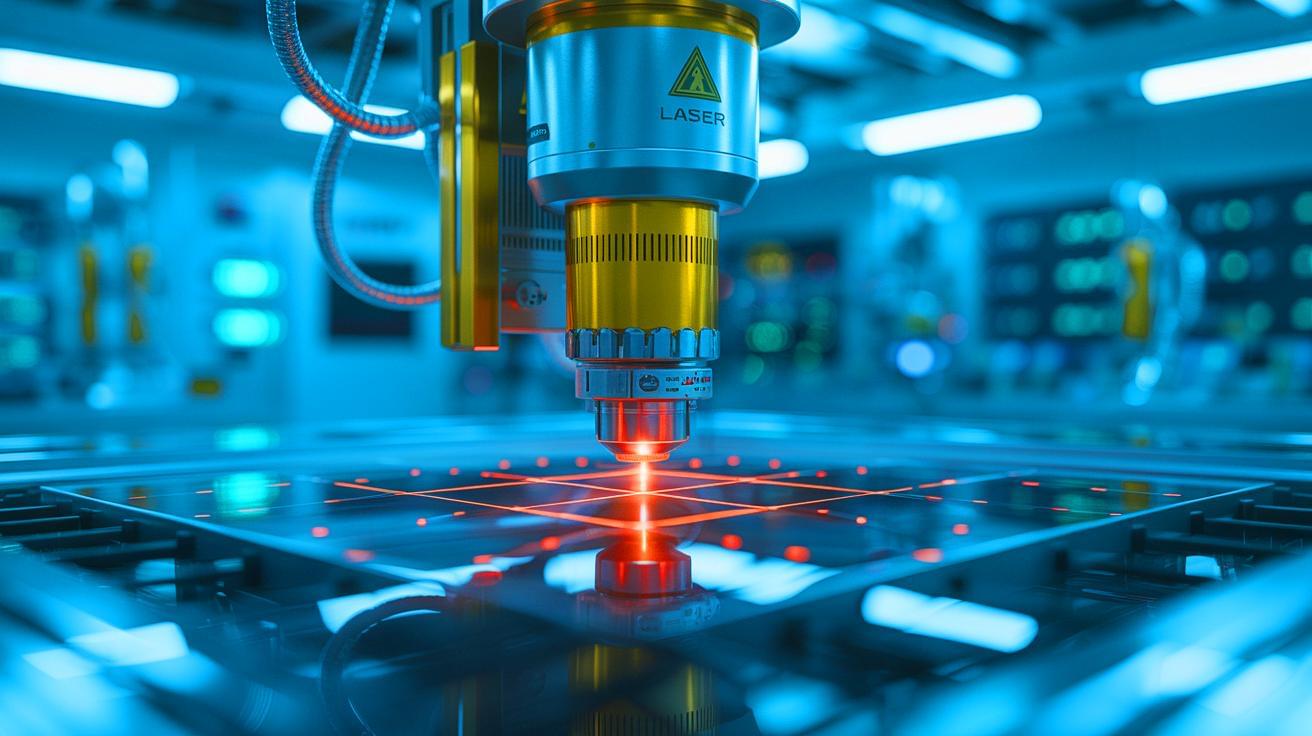
IN A NUTSHELL 🌟 Coherent Corp. unveils a powerful new laser to accelerate the production of high-temperature superconducting tape. ⚡ The LEAP 600C laser utilizes Pulsed Laser Deposition, offering twice the power and longer maintenance intervals. 🔬 HTS tape is essential for fusion energy and various technologies, including MRI machines and power grids. 🌍 This

A fusion energy start-up claims to have solved the millennia-old challenge of how to turn other metals into gold.
Chrysopoeia, commonly known as alchemy, has been pursued by civilisations as far back as ancient Egypt. Now San Francisco-based Marathon Fusion, a start-up focused on using nuclear fusion to generate power, has said the same process could be used to produce gold from mercury.
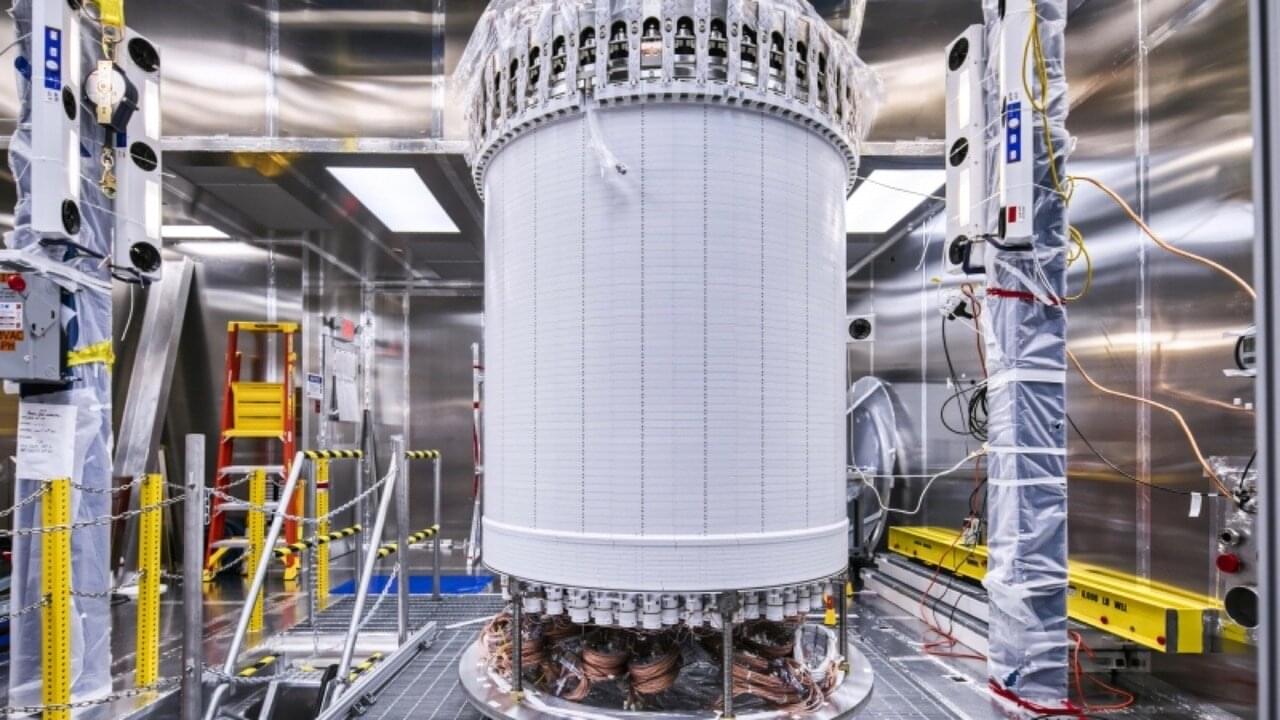
Dark matter, a type of matter that does not emit, absorb, or reflect light, is predicted to account for most of the universe’s mass. While theoretical predictions hint at its abundance, detecting this elusive matter has so far proved to be very difficult, leaving its composition and origin a mystery.
One widely explored hypothesis is that dark matter consists of weakly interacting massive particles, or WIMPs for short. These particles are theorized to only interact with ordinary matter via gravity and potentially via weak nuclear forces.
The LUX-ZEPLIN (LZ) experiment is a large-scale research effort aimed at searching for signals associated with the presence of WIMPs using a sophisticated detector known as a dual-phase xenon time projection chamber. The researchers involved in the experiment recently published their most recent findings in a paper in Physical Review Letters, which places more stringent constraints on lighter dark matter particles that could have gained energy after colliding with cosmic rays.
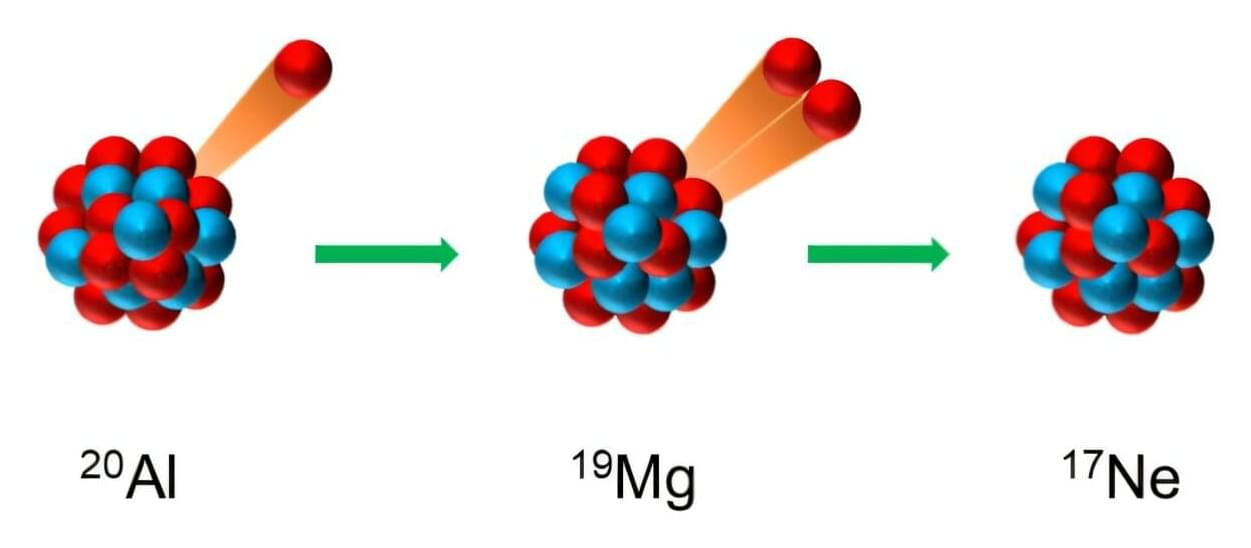
Radioactive decay is a fundamental process in nature by which an unstable atomic nucleus loses energy by radiation. Studying nuclear decay modes is crucial for understanding properties of atomic nuclei. In particular, exotic decay modes like proton emission provide essential spectroscopic tools for probing the structure of nuclei far from the valley of stability—the region containing stable nuclei on the nuclear chart.
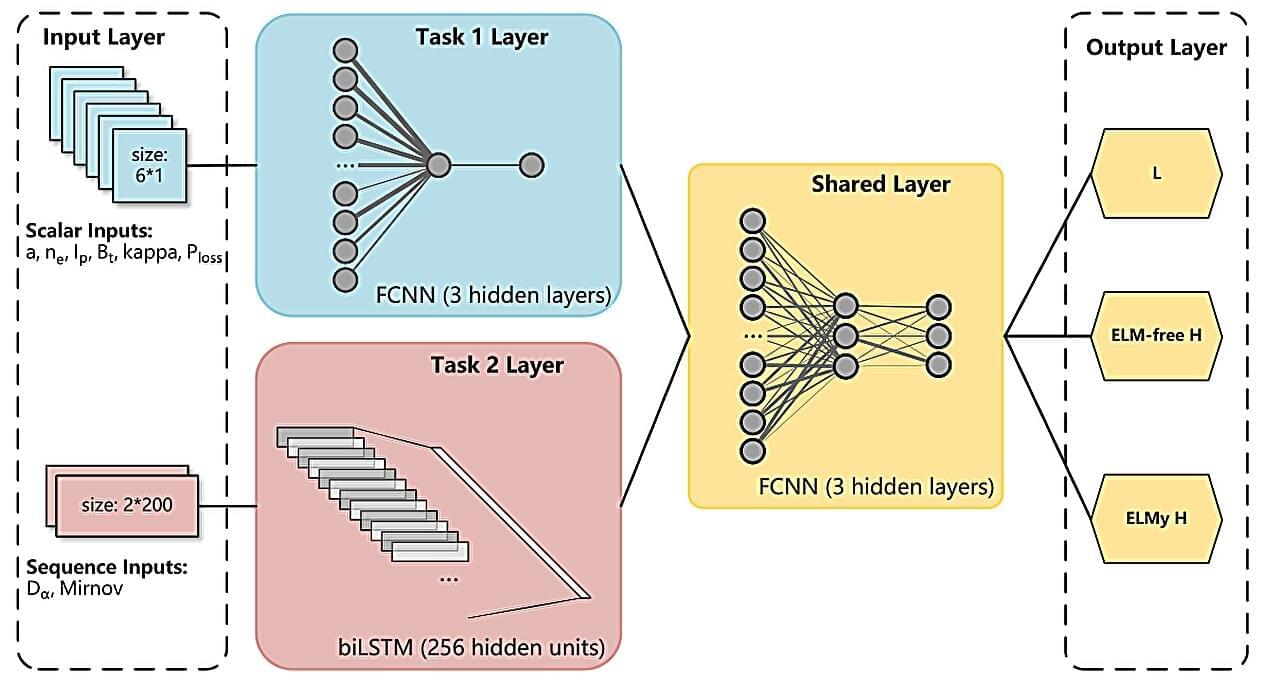
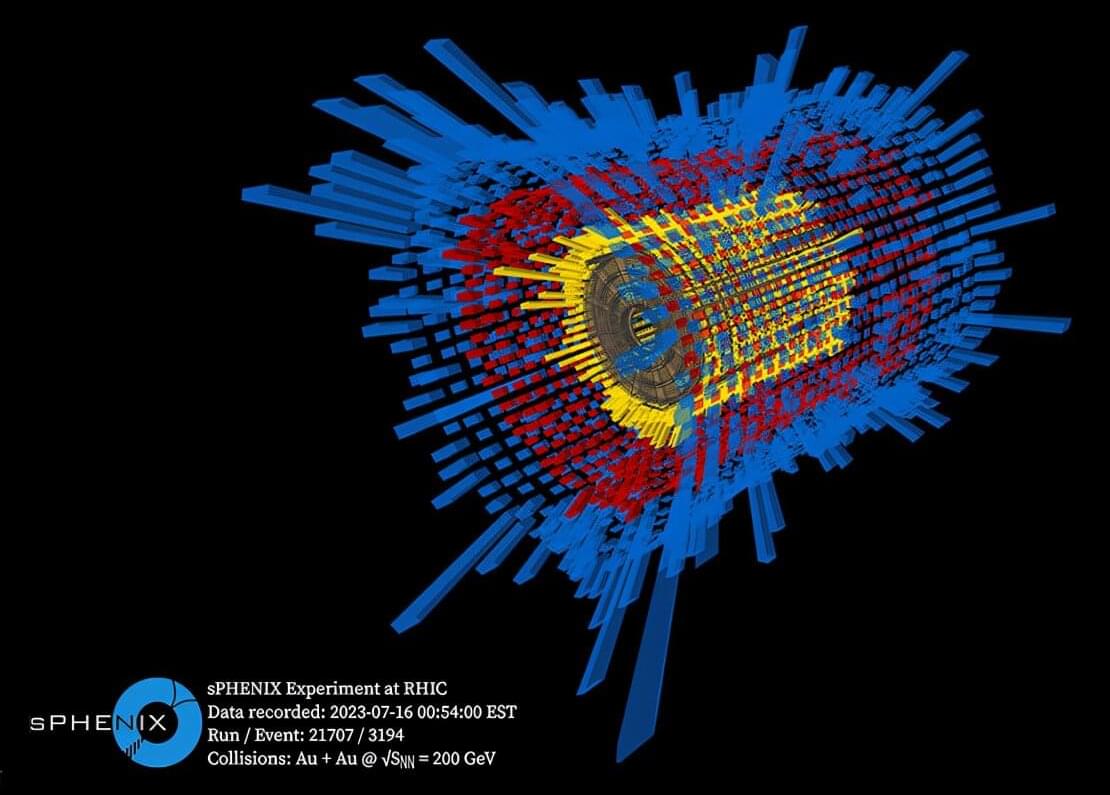
The sPHENIX particle detector, the newest experiment at the Relativistic Heavy Ion Collider (RHIC) at the U.S. Department of Energy’s (DOE) Brookhaven National Laboratory, has released its first physics results: precision measurements of the number and energy density of thousands of particles streaming from collisions of near-light-speed gold ions.
As described in two papers recently accepted for publication in Physical Review C and the Journal of High Energy Physics, these measurements lay the foundation for the detector’s detailed exploration of the quark–gluon plasma (QGP), a unique state of matter that existed just microseconds after the Big Bang some 14 billion years ago. Both studies are available on the arXiv preprint server.
The new measurements reveal that the more head-on the nuclear smashups are, the more charged particles they produce and the more total energy those firework-like sprays of particles carry. That matches nicely with results from other detectors that have tracked QGP-generating collisions at RHIC since 2000, confirming that the new detector is performing as promised.
Physicist and fusion researcher Eric Lerner presents a sweeping critique of the Big Bang theory and the standard model of cosmology at Demysticon 25. He builds on the foundations of plasma physics and the work of Nobel laureate Hannes Alfvén to outline an alternative cosmological framework rooted in known physical laws—gravity, nuclear fusion, and electromagnetic plasma behavior—rather than hypothetical concepts like dark matter, dark energy, or cosmic inflation. He explores how filamentary plasma structures may account for galaxy formation, how fusion research using dense plasma focus devices parallels cosmic processes, and how the cosmic microwave background may not be relic radiation from a singular origin. Merging astrophysics, plasma cosmology, and energy research, this talk reframes the origin and structure of the universe—and calls into question the prevailing narratives at the heart of modern theoretical physics.
PATREON
/ demystifysci.
PARADIGM DRIFT
https://demystifysci.com/paradigm-dri… Go! Introduction the Big Bang Debate 00:03:57 Eric Lerner’s Perspective on Cosmic Evolution 00:04:21 The Pinch Effect and Electrical Currents in Plasmas 00:10:27 Evolutionary Hierarchies and Cosmic Filaments 00:14:50 Interplay of Forces in Structure Formation 00:18:14 Evidence of Filaments Across Scales 00:25:04 Dynamics of Galaxy Formation and Star Development 00:29:08 Cosmic Microwave Background and Element Formation 00:30:29 The Formation and Properties of Early Galaxies 00:35:22 Energy Flows and the Cosmic Evolution Crisis 00:39:58 Plasma Focus Devices and Fusion Energy Research 00:41:16 Q&A Understanding Galaxy Components and Rotation 00:51:33 Q&A The Implications of Missing Gravity and Galaxy Dynamics 00:58:07 Q&A Gravitational Lensing and Mass Distribution 01:00:32 Q&A Lensing and Galactic Observations 01:02:04 Q&A Fractal Patterns in Cosmology #cosmology, #space, #galaxyformation, #gravitationalwaves, #cosmicstructures, #astrophysics, #fusionenergy, #magneticfields, #spacephysics, #electricuniverse, #criticalthinking #philosophypodcast, #sciencepodcast, #longformpodcast ABOUS US: Anastasia completed her PhD studying bioelectricity at Columbia University. When not talking to brilliant people or making movies, she spends her time painting, reading, and guiding backcountry excursions. Shilo also did his PhD at Columbia studying the elastic properties of molecular water. When he’s not in the film studio, he’s exploring sound in music. They are both freelance professors at various universities. PATREON: get episodes early + join our weekly Patron Chat https://bit.ly/3lcAasB MERCH: Rock some DemystifySci gear : https://demystifysci.myspreadshop.com… AMAZON: Do your shopping through this link: https://amzn.to/3YyoT98 DONATE: https://bit.ly/3wkPqaD SUBSTACK: https://substack.com/@UCqV4_7i9h1_V7h… BLOG: http://DemystifySci.com/blog RSS: https://anchor.fm/s/2be66934/podcast/rss MAILING LIST: https://bit.ly/3v3kz2S SOCIAL:
MUSIC:-Shilo Delay: https://g.co/kgs/oty671
00:00 Go! Introduction the Big Bang Debate.
00:03:57 Eric Lerner’s Perspective on Cosmic Evolution.
00:04:21 The Pinch Effect and Electrical Currents in Plasmas.
00:10:27 Evolutionary Hierarchies and Cosmic Filaments.
00:14:50 Interplay of Forces in Structure Formation.
00:18:14 Evidence of Filaments Across Scales.
00:25:04 Dynamics of Galaxy Formation and Star Development.
00:29:08 Cosmic Microwave Background and Element Formation.
00:30:29 The Formation and Properties of Early Galaxies.
00:35:22 Energy Flows and the Cosmic Evolution Crisis.
00:39:58 Plasma Focus Devices and Fusion Energy Research.
00:41:16 Q&A Understanding Galaxy Components and Rotation.
00:51:33 Q&A The Implications of Missing Gravity and Galaxy Dynamics.
00:58:07 Q&A Gravitational Lensing and Mass Distribution.
01:00:32 Q&A Lensing and Galactic Observations.
01:02:04 Q&A Fractal Patterns in Cosmology.
#cosmology, #space, #galaxyformation, #gravitationalwaves, #cosmicstructures, #astrophysics, #fusionenergy, #magneticfields, #spacephysics, #electricuniverse, #criticalthinking #philosophypodcast, #sciencepodcast, #longformpodcast.
ABOUS US: Anastasia completed her PhD studying bioelectricity at Columbia University. When not talking to brilliant people or making movies, she spends her time painting, reading, and guiding backcountry excursions. Shilo also did his PhD at Columbia studying the elastic properties of molecular water. When he’s not in the film studio, he’s exploring sound in music. They are both freelance professors at various universities.